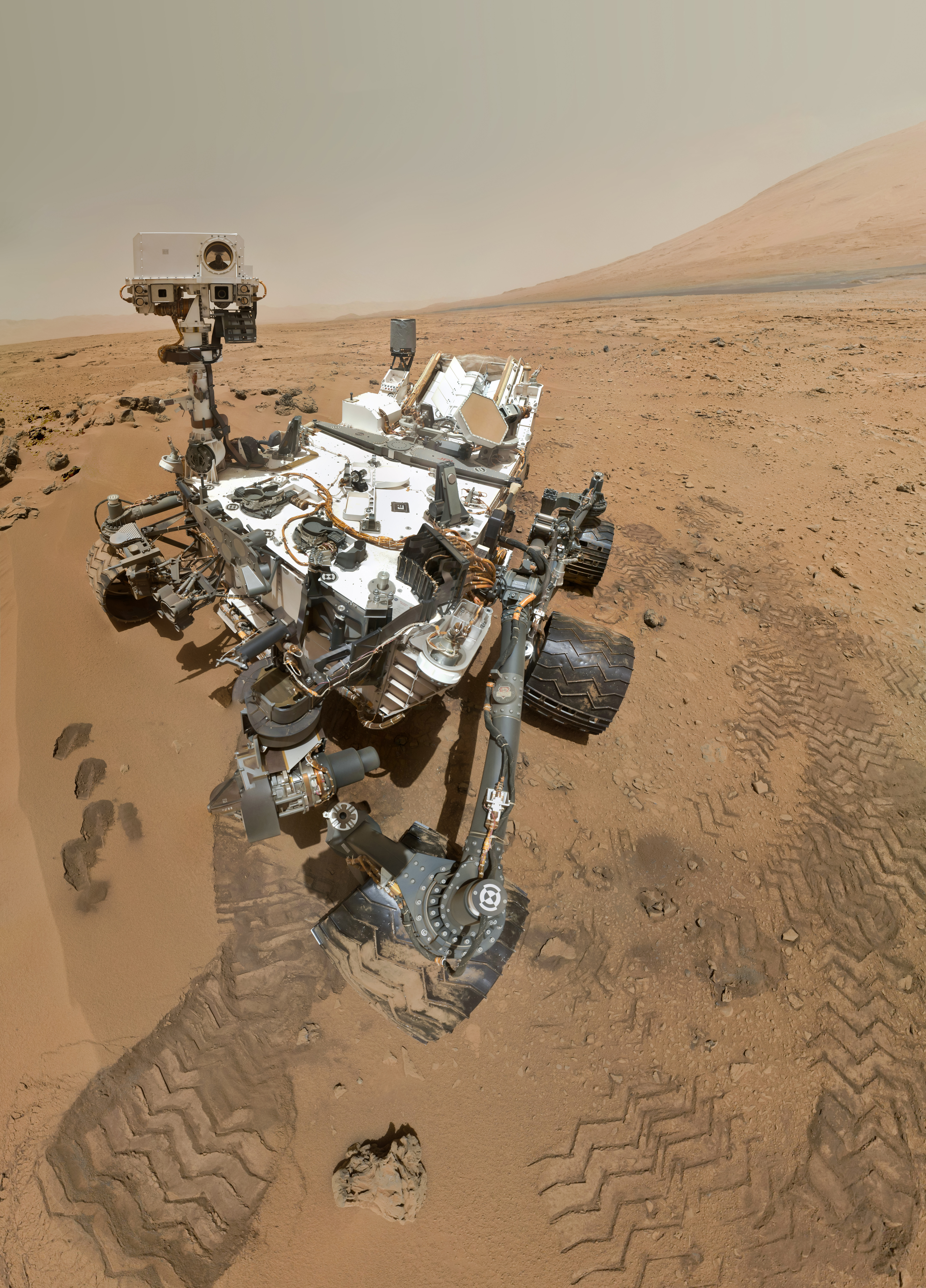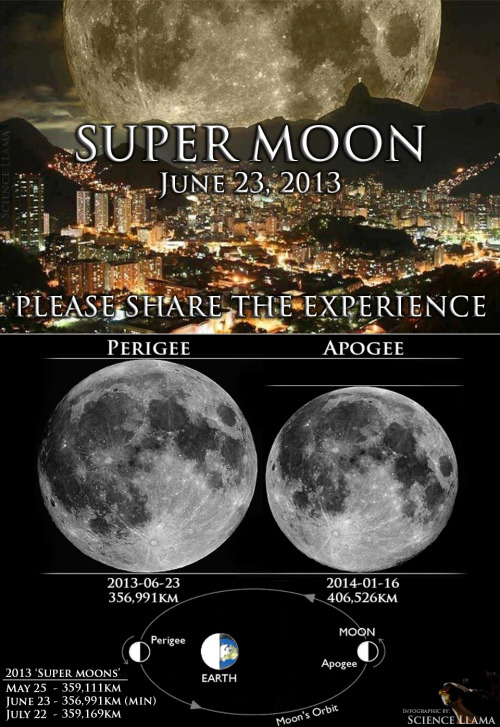 How can we know that there is a possibility of life on some planet? Well, 90% of the people will say that , the presence of Oxygen, Carbon Dioxide, Nitrogen, Carbon , plants etc..... None of it is wrong but one thing that can give quite an idea of life existence on a planet is the presence of Methane gas.It is so because, Methane is created naturally near the Earth's surface by Micro-organisms by the process Methanogenesis and then carried out into the stratosphere by rising air in the tropics. 95% of Earth's Methane is produced through microbial organisms.So, if there is life then there must be methane (As per current knowledge of life existence).
How can we know that there is a possibility of life on some planet? Well, 90% of the people will say that , the presence of Oxygen, Carbon Dioxide, Nitrogen, Carbon , plants etc..... None of it is wrong but one thing that can give quite an idea of life existence on a planet is the presence of Methane gas.It is so because, Methane is created naturally near the Earth's surface by Micro-organisms by the process Methanogenesis and then carried out into the stratosphere by rising air in the tropics. 95% of Earth's Methane is produced through microbial organisms.So, if there is life then there must be methane (As per current knowledge of life existence).
We all know that space scientists have predicted that there might have been life on Mars through some of the evidences that they have found in some samples of the Martian rocks that were found on the Earth. According to the study of Mars, done from the Earth over the period of time, telescopes and satellites have reported seeing small but significant volumes of the gas, one of them is Methane. But the martian rover, The Curiosity, has been unable to detect any amount of Methane gas. From the tests conducted by the Curiosity, it has not been possible to discern any methane to within the present limits of the TLS's sensitivity.
 This means that if the gas is there, it can constitute no more than 1.3ppbv (parts per billion volume) of the atmosphere - equivalent to just over 10,000 tonnes of the gas. This upper limit is about six times lower than the previous estimates of what should be present, based on the satellite and telescope observations, which creates a big question mark on the earlier estimated volume of methane on Mars.
This means that if the gas is there, it can constitute no more than 1.3ppbv (parts per billion volume) of the atmosphere - equivalent to just over 10,000 tonnes of the gas. This upper limit is about six times lower than the previous estimates of what should be present, based on the satellite and telescope observations, which creates a big question mark on the earlier estimated volume of methane on Mars.
Methane at Mars could have a number of possible sources, of course - not just microbial activity. It could be delivered by comets or asteroids, or produced internally by geological processes. But it is the link to life that has most intrigued planetary scientists. Curiosity and the scientists are still working hard to unlock the answer to this mystery.












_-_Meteorite.gif)
